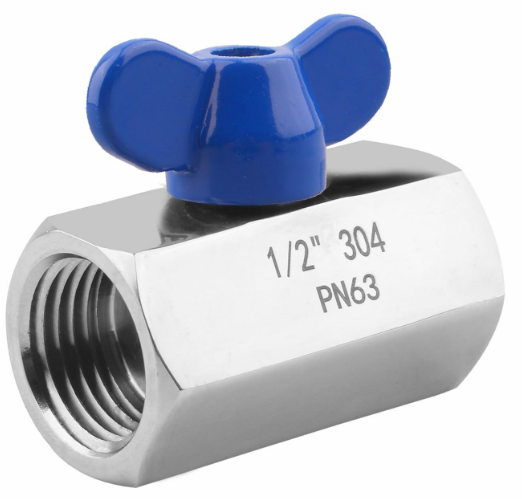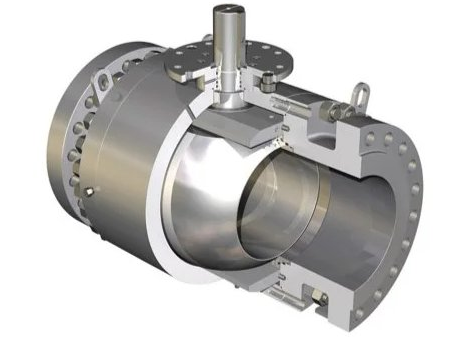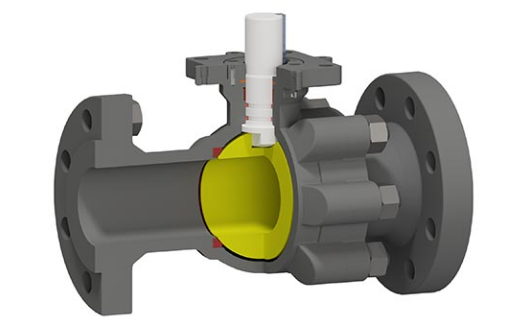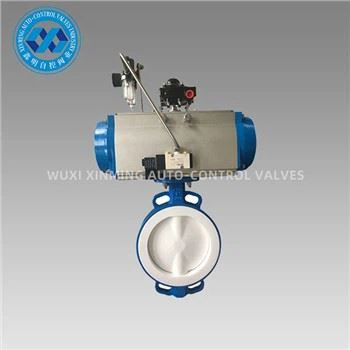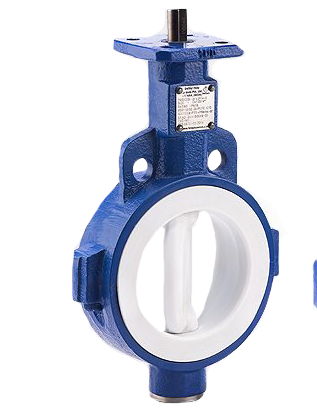Miniature pneumatic actuators are compact mechanical devices that use compressed air to create linear or rotary motion in limited-space environments. Despite their small size, they provide reliable force output and high-speed response, making them critical components in modern automation systems, especially in medical devices, robotics, electronics, and precision assembly.
This article explores the design, working principles, advantages, and applications of miniature pneumatic actuators.
1. What Is a Miniature Pneumatic Actuator?
A miniature pneumatic actuator is a downsized version of a standard pneumatic actuator, typically used where space is constrained, and precise control is required. These actuators can be linear (moving a shaft in or out) or rotary (producing angular motion) and are powered by compressed air rather than electricity or hydraulics.
They are often used in systems requiring short strokes, low to moderate forces, and high reliability with minimal footprint.
2. How Do Miniature Pneumatic Actuators Work?
Miniature pneumatic actuators function using the same principles as full-sized pneumatic actuators:
-
Compressed air is introduced into a chamber, creating pressure on a piston or vane.
-
This pressure generates mechanical movement—either linear (in the case of cylinders) or rotary (for vane-type or rotary actuators).
-
In single-acting designs, a spring returns the actuator to its original position once the air is exhausted.
-
In double-acting designs, compressed air drives movement in both directions.
The internal components are precision-engineered to handle small tolerances and to minimize friction and air leakage, which is critical at micro scales.
3. Key Features
-
Size: Outer diameters as small as 4 mm; stroke lengths as short as 5 mm.
-
Material: Common materials include stainless steel, anodized aluminum, and engineering plastics.
-
Mounting Flexibility: Available with mini clevis, threaded nose, or custom flange mountings.
-
Pressure Range: Typically operates at 0.2 to 0.7 MPa (30–100 psi).
-
Customization: Optional sensors, cushions, or guide rods for high-precision tasks.
4. Advantages of Miniature Pneumatic Actuators
-
✅ Compact Size: Ideal for applications with limited installation space.
-
✅ Fast Response: Suitable for high-speed, repetitive operations.
-
✅ Lightweight: Enables use in weight-sensitive systems like drones and wearable robotics.
-
✅ Clean Operation: No electrical sparks or lubrication leaks, ideal for cleanroom environments.
-
✅ Cost-Effective: Low energy consumption and simple design reduce operating costs.
5. Limitations
-
❌ Limited Force Output: Due to their small size, they deliver lower force than larger actuators.
-
❌ Air Quality Sensitivity: Requires clean, dry air for long service life.
-
❌ Pressure Regulation Needed: In small-scale systems, even slight pressure fluctuations can affect performance.
6. Typical Applications
➤ Medical Devices
-
Surgical tools, anesthesia systems, and dental equipment often use miniature actuators for controlled motion.
➤ Laboratory Automation
-
Sample handling, pipetting, and microplate movement in biotech and pharma labs.
➤ Electronics Manufacturing
-
Precision component placement, soldering machines, and semiconductor equipment.
➤ Miniature Robotics
-
Microgrippers, articulated joints, and actuated sensors in small robots or prosthetics.
➤ Aerospace and UAVs
-
Payload deployment, flap control, and valve regulation in lightweight airborne systems.
7. Selection Criteria
When selecting a miniature pneumatic actuator, consider the following:
-
✅ Required stroke and force output
-
✅ Bore size and piston diameter
-
✅ Operating pressure and air supply availability
-
✅ Material compatibility with application environment
-
✅ Mounting space and actuator orientation
-
✅ Response time and actuation frequency
Conclusion
Miniature pneumatic actuators provide a powerful, compact solution for applications where precision, reliability, and space efficiency are essential. Whether in life sciences, electronics, or advanced manufacturing, these tiny devices deliver performance that belies their size.
As automation continues to scale down in size, the role of miniature pneumatic actuators will only grow—enabling smarter, smaller, and more efficient systems across industries.
If you want to learn more about low-priced products, please visit the following website: www.xm-valveactuator.com







